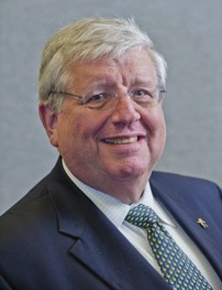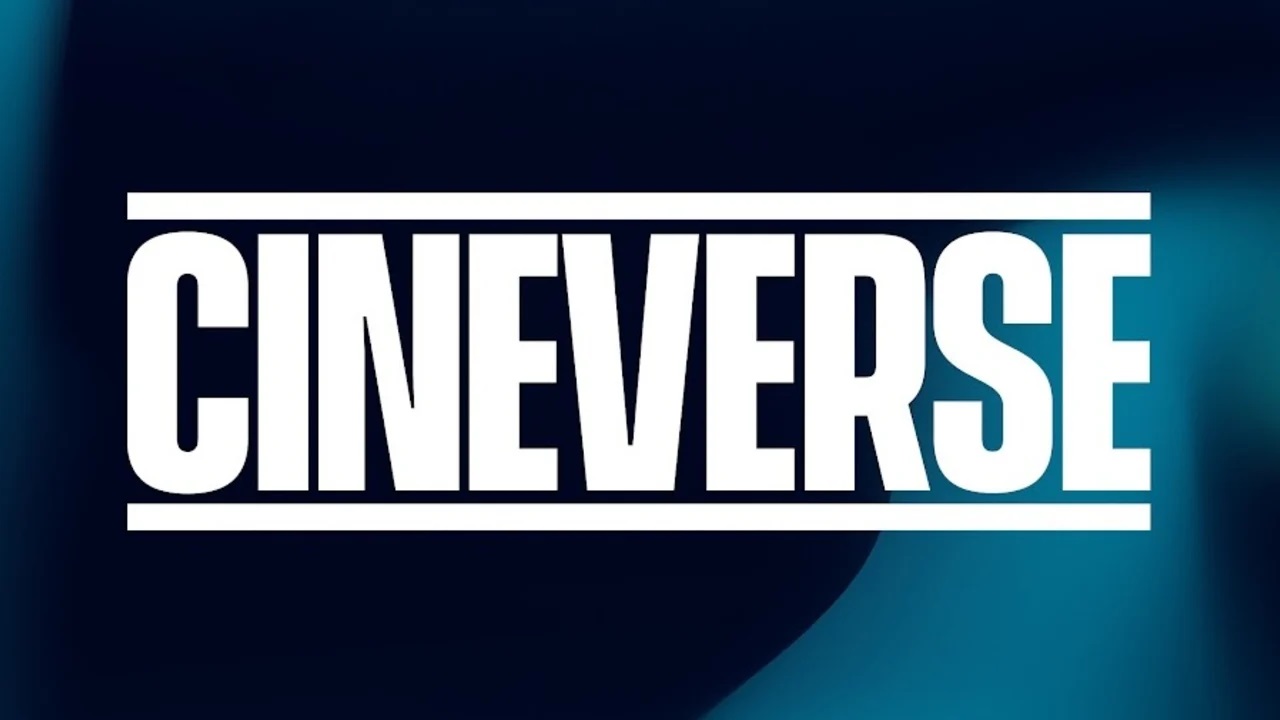‘Dovetailing’ Second-Screen Services With ATSC 2.0 and Beyond

Gary Arlen
Jon Dakss, vice-president, converged media at NBCUniversal Operations & Technical Services, spent much of his opening remarks at the Advanced TV Systems Committee annual meeting last month, extolling the value of Zeebox, the social TV platform in which NBCU’s parent Comcast made a substantial (but undisclosed) investment last fall and which NBC is using for second-screen programming.
Dakss enthusiastically described the “new content experience” and its effects on viewers’ “content sharing and engagement,” specifically citing their involvement with advertising. More than two million U.S viewers have downloaded the Zeebox social app in the past eight months in the United States (five million worldwide since the British software company debuted in 2011).
SECOND-SCREEN RELATIONSHIPS
Like other second-screen software, the Zeebox “companion TV” lets audiences integrate tablet and smartphone participation with their TV viewing. Dakss singled out the ways in which viewers of NBC’s “The Voice” have plunged into the show’s features via their second-screen relationships.
Zeebox, which also has relationships with other U.S. networks including HBO, represents just one aspect of the growing multiplatform phenomenon discussed during the ATSC “Second Screen” session, part of the meeting’s look at the fastevolving ATSC 2.0 standard.
Panelist Tim Alessi, director of new product development at LG Electronics’ home entertainment group, characterized such interactivity as “dovetailing nicely with ATSC 2.0,” which includes the capability for non-real-time TV.
Alessi singled out “content discovery” as another app that is “going to move toward the second screen” as advanced remote controls enable viewers to find and select content from traditional broadcast providers and new cloud sources via companion devices.
The professional video industry's #1 source for news, trends and product and tech information. Sign up below.

Zeebox Enhanced Live TV Sponsorships
“All of these second-screen scenarios are becoming more important to viewers,” Alessi said. He acknowledged it is early in the evolution of enhanced services, so that providers are experimenting with a variety of approaches to find what viewers prefer; and he cautioned that there are almost “too many capabilities” that may distract some viewers during these early days.
Predictably, on a panel of multiscreen operators and technology providers, enthusiasm for second-screen services was high. The upbeat discussions stemmed, in part, from the positive, collective experiences of panel members, who characterized the relatively new second-screen services as “compelling.”
Roger Keating, senior vice president-digital media at Hearst Television Inc., focused on the two forces that he sees as driving second-screen popularity: “Gen Y” (also known as the millennial generation of teens and 20-somethings), and the fast deployment of devices.
Keating said that Hearst stations are “turning newscasts into two-way ‘news conversations.’” Within each station’s workflow, that has meant harmonizing the activities of the broadcast news and digital teams. Together, they have developed five types of second-screen applications, including those aimed at events, the local channel’s shows, and network apps plus social media including apps for the various systems such as Zeebox, Shazam and Viggle.
HOW DOES IT FIT WITH ATSC 2.0?
Todd Erdley, founder and president/ CEO of Videon Central, which works with consumer electronics makers, expressed the view that the “second screen is the TV”—not a tablet or phone.
“Talk about a paradigm shift,” said Erdley, who was attending his first-ever ATSC event. Citing the vendors and standards that enable TV anywhere/any device opportunities, Erdley emphasized that consumers want content “independent of the ‘technical jargon’ that enables it. Apps solve part of it, but not consistently.”
“Most studies have shown that people are using second screens to [go to] the Web to find information about the current show,” he continued. “No one wants eight apps for the eight they watch. If they are watching a show and curious, they are going to use …the Internet to find the answer.”
He characterized the “cord-not-so-of-tens” demographic (that is, young teens) as the “most interesting challenge for content and service providers.” Erdley also expects that “content disaggregation will accelerate” and he is concerned that “standards to interconnect devices have the ability to increase complexity and decrease customer satisfaction.”
“The idea of ‘content everywhere’ in a way that still maintains the living room as the center of the family entertainment is the goal,” Erdley said, urging that the industry seek to solve problems with the simplicity of content accessibility.
Erdley put in a short plug for his company’s new aVia media player, a single app that can handle integrated management of Android tablets, smartphones, Google TVs and Kindle Fire devices.
In pushing the TV set as the central device in the multiplatform arena, Erdley endorsed a view that ATSC President Mark Richer has often espoused: “Make it all as interoperable as possible.”
Nonetheless, for the ATSC “Second Screen” panelists—including Sandhi Kozsuch, Cox Media’s senior director-broadcast digital and strategy, who focused on broadcasters’ video-on-demand opportunities— the entire category is still in a turbulent creative stage.

Jon Dakks of NBCU (left) and Roger Keating of Hearst TV on a recent ATSC panel
Broadcasters can certainly take heart from the profitable opportunities that second-screen services are creating. For example, NBC’s Dakss pointed out research that indicates viewers who use the Zeebox companion app have much higher recall of live TV sponsorships (75 percent versus 56 percent of viewers who just watch a TV commercial), and have double the interest in an advertised brand when they see it via a second-screen app (48 percent versus 24 percent of the TVonly viewers).
NBC’s research also shows that the second screen-enhanced shows draw a more tech-savvy, upscale audience. The network’s study of viewers using the Zeebox app while watching “The Voice” music competition show found that 41 percent of Zeebox users had annual household incomes above $80,000 and—most strikingly— the second-screen audience was equally split between males and females. Significantly, the Zeebox users were also above-average users of DVRs, smartphones and over-the-top video devices.
This audience appeal, as Dakss explained, is encouraging NBC—including its cousin cable networks, such as Bravo and Telemundo—to pursue other companion- viewing projects. He cited ACR 1.0 and “TV Rooms 1.0.” Details about both ventures were due to be revealed in the weeks following the ATSC meeting.
Gary Arlen is president of Arlen Communications LLC, a media/telcom research firm. He can be reached atGaryArlen@columnist.com.
Gary Arlen, a contributor to Broadcasting & Cable, NextTV and TV Tech, is known for his visionary insights into the convergence of media + telecom + content + technology. His perspectives on public/tech policy, marketing and audience measurement have added to the value of his research and analyses of emerging interactive and broadband services. Gary was founder/editor/publisher of Interactivity Report, TeleServices Report and other influential newsletters; he was the long-time “curmudgeon” columnist for Multichannel News as well as a regular contributor to AdMap, Washington Technology and Telecommunications Reports; Gary writes regularly about trends and media/marketing for the Consumer Technology Association's i3 magazine plus several blogs.

